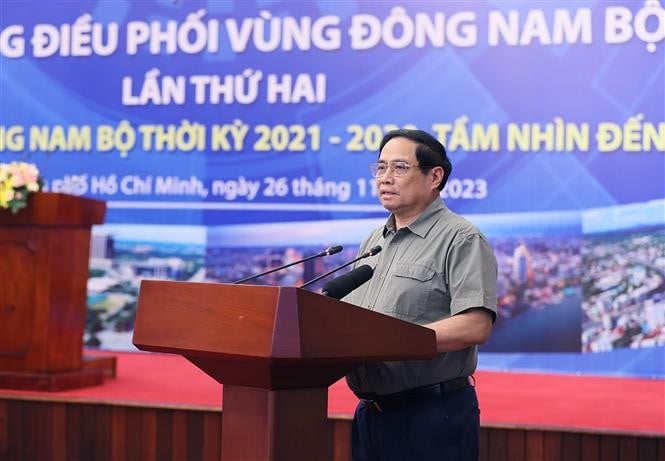 |
| Prime Minister Pham Minh Chinh delivered the opening speech at the conference. (Source: VNA) |
Also attending the Conference were comrades: Secretary of the Ho Chi Minh City Party Committee Nguyen Van Nen; Minister of Planning and Investment Nguyen Chi Dung, Permanent Vice Chairman of the Council; Vice Chairmen of the Council: Minister of Science and Technology Huynh Thanh Dat, Minister of Natural Resources and Environment Dang Quoc Khanh; Ministers, leaders of ministries, branches, central agencies and leaders of provinces and cities in the Southeast region; experts and scientists.
The conference highlighted the geographical location, natural conditions, natural resources, human resources; the current development status of the region; and pointed out some bottlenecks in the development process of the Southeast region.
Along with that, analyze the domestic, regional and international context and internal factors of the Southeast region; preferential mechanisms, policies and decentralization for the region; the situation of large-scale infrastructure investment; the level of connectivity, formation of economic corridors, dynamic regions, urban development; the ability to form and develop financial centers, logistics, economic zones... in the Southeast region.
Delegates expressed their views on the development of the Southeast region to ensure consistency with the national socio-economic development strategy and national planning, in line with the sustainable development strategy, green growth strategy, and climate change adaptation.
Delegates said that the Southeast region must be a dynamically developing region, a center of economics, finance, trade, services, education and training, development of high-quality human resources, science - technology, innovation, and digital transformation leading the country and Southeast Asia, playing an important role in linking and promoting the development of other economic regions.
Concluding the Conference, Prime Minister Pham Minh Chinh acknowledged and highly appreciated the efforts of the Ministry of Planning and Investment in developing the Southeast Regional Planning and the enthusiastic and profound opinions of delegates, experts, scientists, members of the Regional Coordination Council, members of the Southeast Regional Planning Appraisal Council for the period 2021 - 2030, with a vision to 2050.
Prime Minister Pham Minh Chinh directed to continue to absorb, adjust and complete the Southeast Regional Planning for the 2021 - 2030 period, with a vision to 2050, in the direction that the planning must closely follow and concretize the Resolution of the 13th National Party Congress, the 5-year Socio-Economic Development Plan (2021-2025), the 10-year Socio-Economic Development Strategy (2021-2030), the Resolutions and Conclusions of the Politburo on the development of the Southeast region; Resolutions of the Party Congresses of provinces and cities and the guidelines and policies of the Party, State and the leadership and direction of the Politburo, the Secretariat, the National Assembly, the Government...
Along with that, the planning of the Southeast region must be synchronous and linked with national planning, sectoral planning, and provincial planning; regional planning must be connected with higher planning and consistent with lower planning; planning must create development, regional linkages, and be open for easy adjustment, ensuring resources for planning and implementation; must closely follow the practical situation to build feasible planning, implement it systematically and effectively.
The Prime Minister requested to clarify the role, position and special importance of the Southeast region in the overall national development. From there, find out the distinct potential, outstanding opportunities and competitive advantages of the region to promote; at the same time, discover the contradictions and challenges to find a mechanism to resolve them.
In that spirit, the Prime Minister believes that there are sufficient conditions to develop a plan to build the Southeast region into the largest economic and social center, the locomotive and development model of the whole country. Despite the great potential, the policy mechanism is still limited; strategic infrastructure is not commensurate with the potential and development. Therefore, the Prime Minister requires that the planning of the Southeast region must have a breakthrough approach with a vision, strategic thinking, long-term; based on 3 pillars: people, nature, historical and cultural traditions. In which, people are the center, nature is the foundation, historical and cultural traditions are the driving force; mobilizing internal resources is fundamental, long-term, decisive; external resources are important, breakthrough.
Regarding the economic structure of the region, the Prime Minister requested rapid and sustainable development, based on innovation and creativity; science and technology; developing green economy, circular economy, digital economy, and sharing economy. In which, industry and services are the focus; developing agricultural economy in the direction of high technology, with ecological agriculture, modern countryside, and civilized farmers.
The economic planning of the Southeast region connects with the Central Highlands, South Central Coast, Southwest and the whole country; connects with Laos, Cambodia, ASEAN and major centers of the world. The traffic connection planning includes 5 types of transportation with regions, the whole country and internationally; along with that, the planning enhances green transportation, subway systems, railways connecting the region; strives to put Bien Hoa airport into use. The connection planning is related to water security, climate change prevention of the Mekong Sub-region.
The Prime Minister requested to mobilize all legal resources for the development of the Southeast region, including resources from the central government, local governments, private sector, and public-private partnerships; use loans to focus on infrastructure development, and invest in large projects that can turn around the situation and change the status. Including the construction of international transit ports including Cai Mep and Can Gio, forming a large international logistics center; and the project to build an international financial center.
The Prime Minister especially noted that during the planning process, coordination between provinces and cities in the region, between regions, between ministries and sectors, and between the region and major world centers, must be strengthened. At the same time, the organization and implementation of the planning must be systematic, focused, and key, in the spirit of "open policies and mechanisms, smooth infrastructure, and smart management".
Source


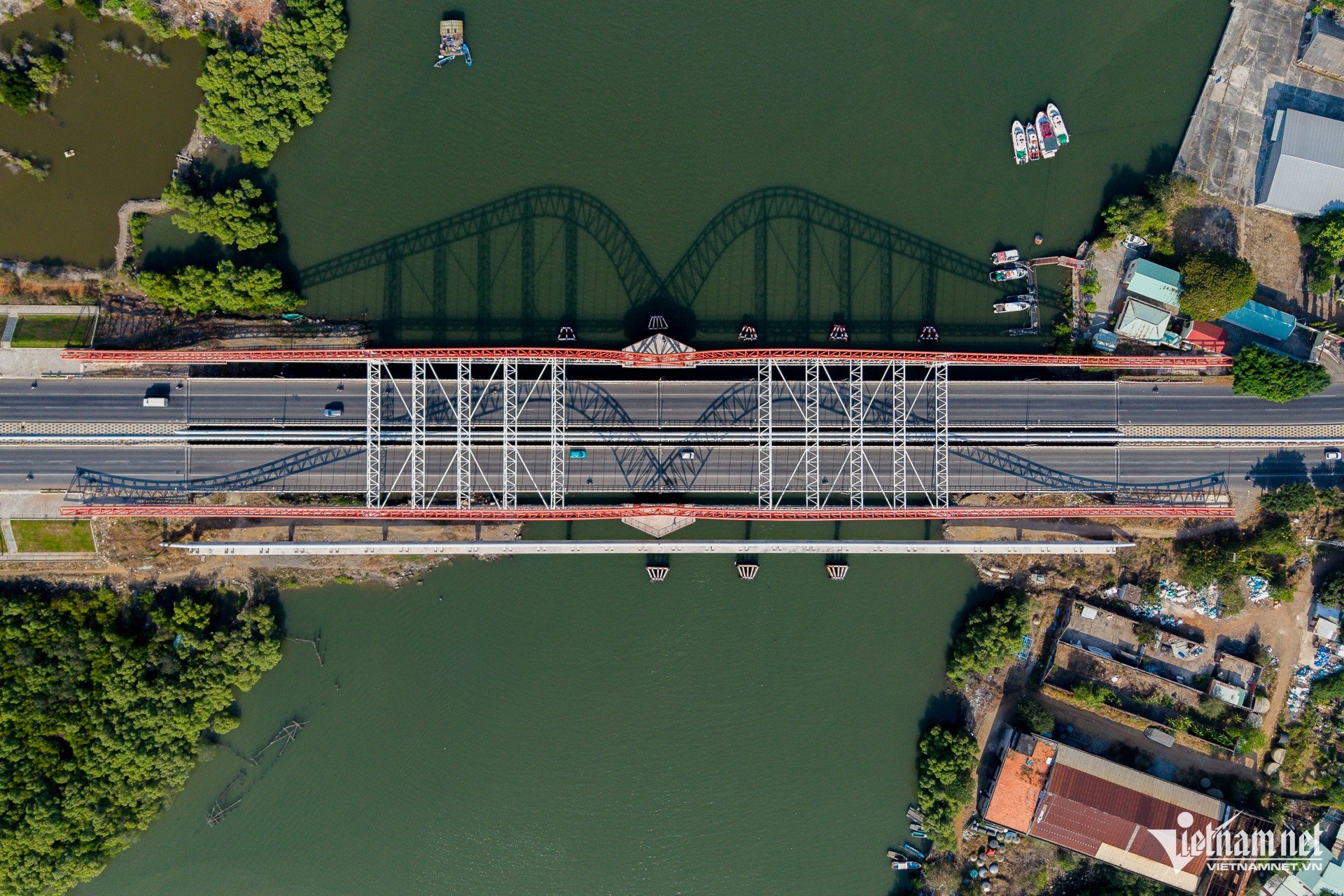
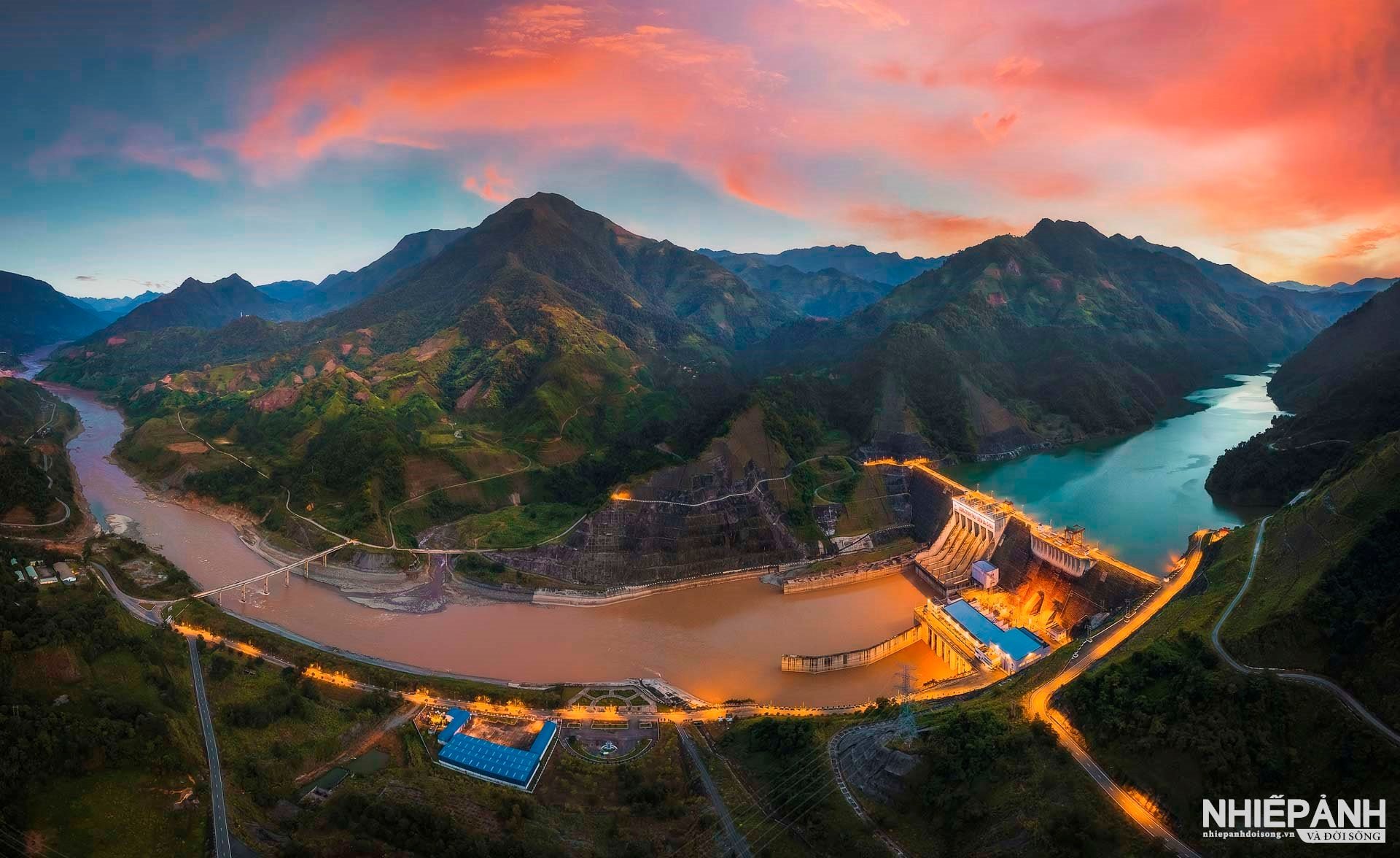
![[Photo] 2nd Conference of the Party Executive Committee of Central Party Agencies](https://vstatic.vietnam.vn/vietnam/resource/IMAGE/2025/3/31/8f85b88962b34701ac511682b09b1e0d)
![[Photo] Ministry of Defense sees off relief forces to the airport to Myanmar for mission](https://vstatic.vietnam.vn/vietnam/resource/IMAGE/2025/3/30/245629fab9d644fd909ecd67f1749123)
![[Photo] Prime Minister Pham Minh Chinh receives delegation of leaders of US universities](https://vstatic.vietnam.vn/vietnam/resource/IMAGE/2025/3/31/8be7f6be90624512b385fd1690124eaa)

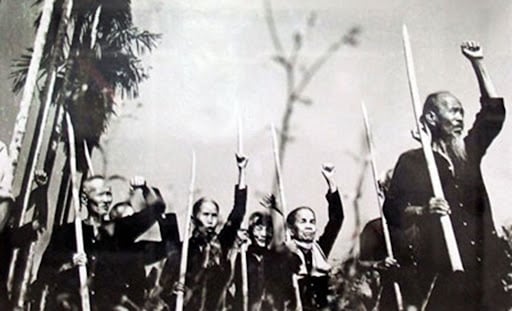
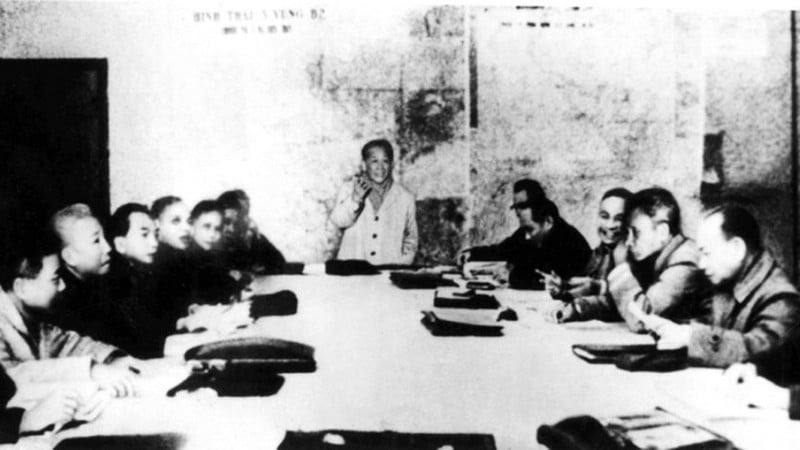


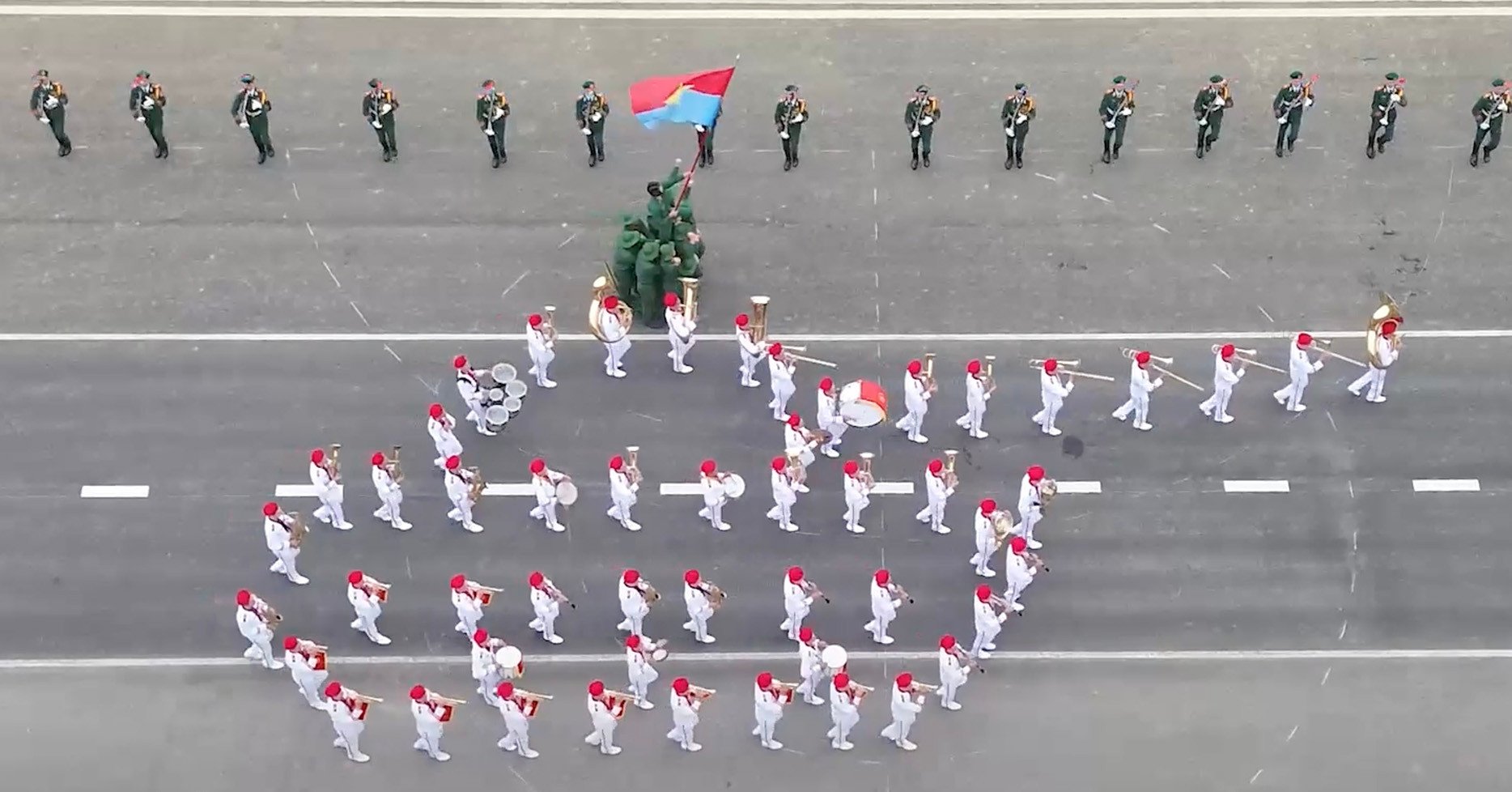
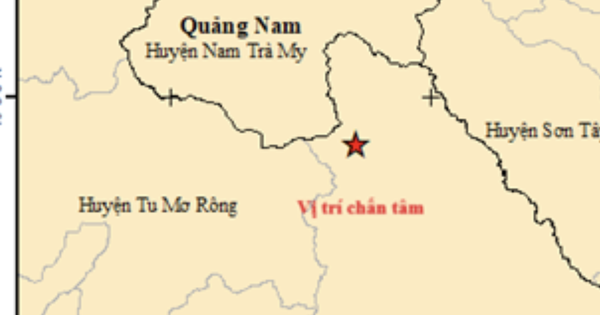

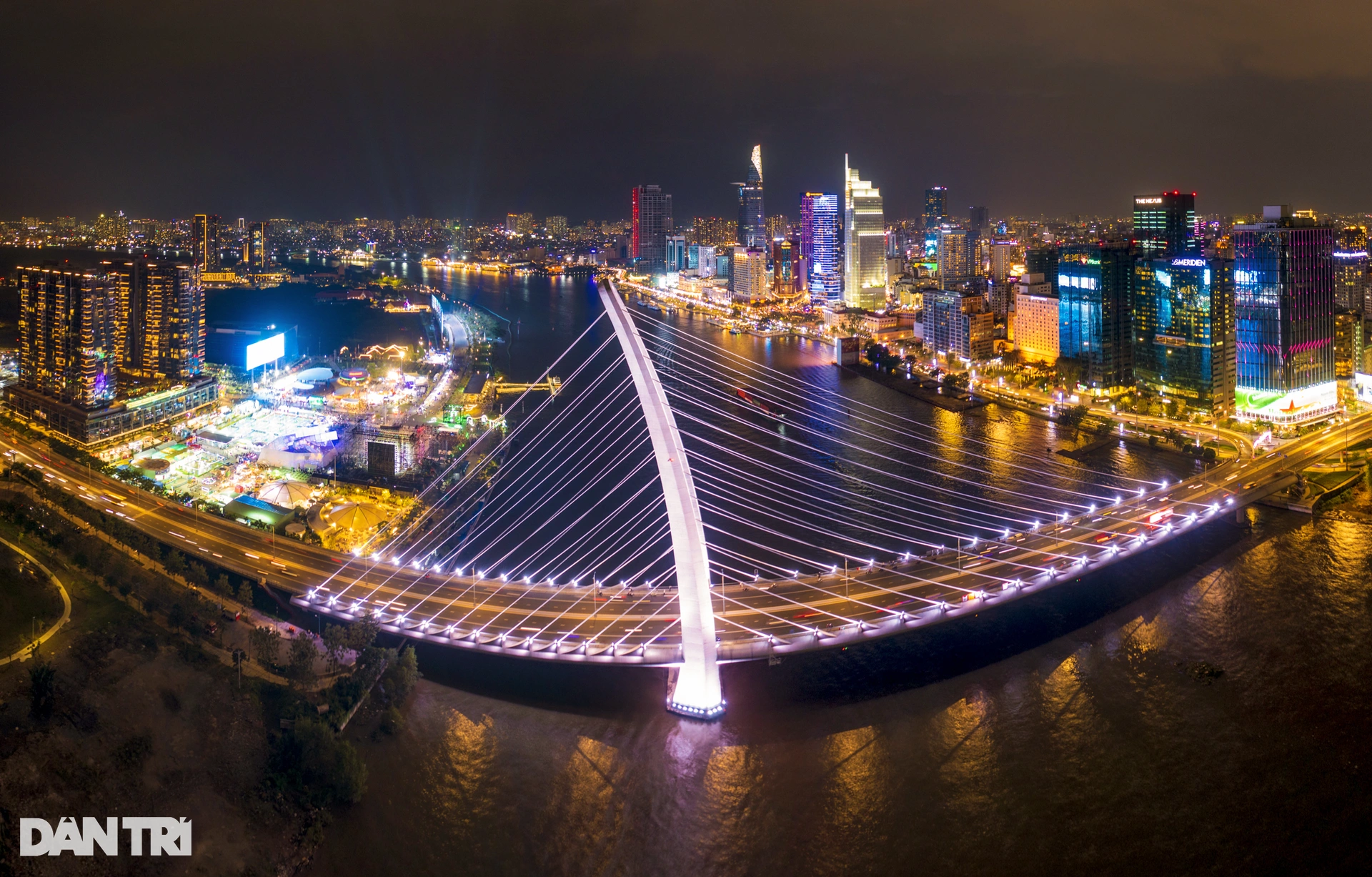

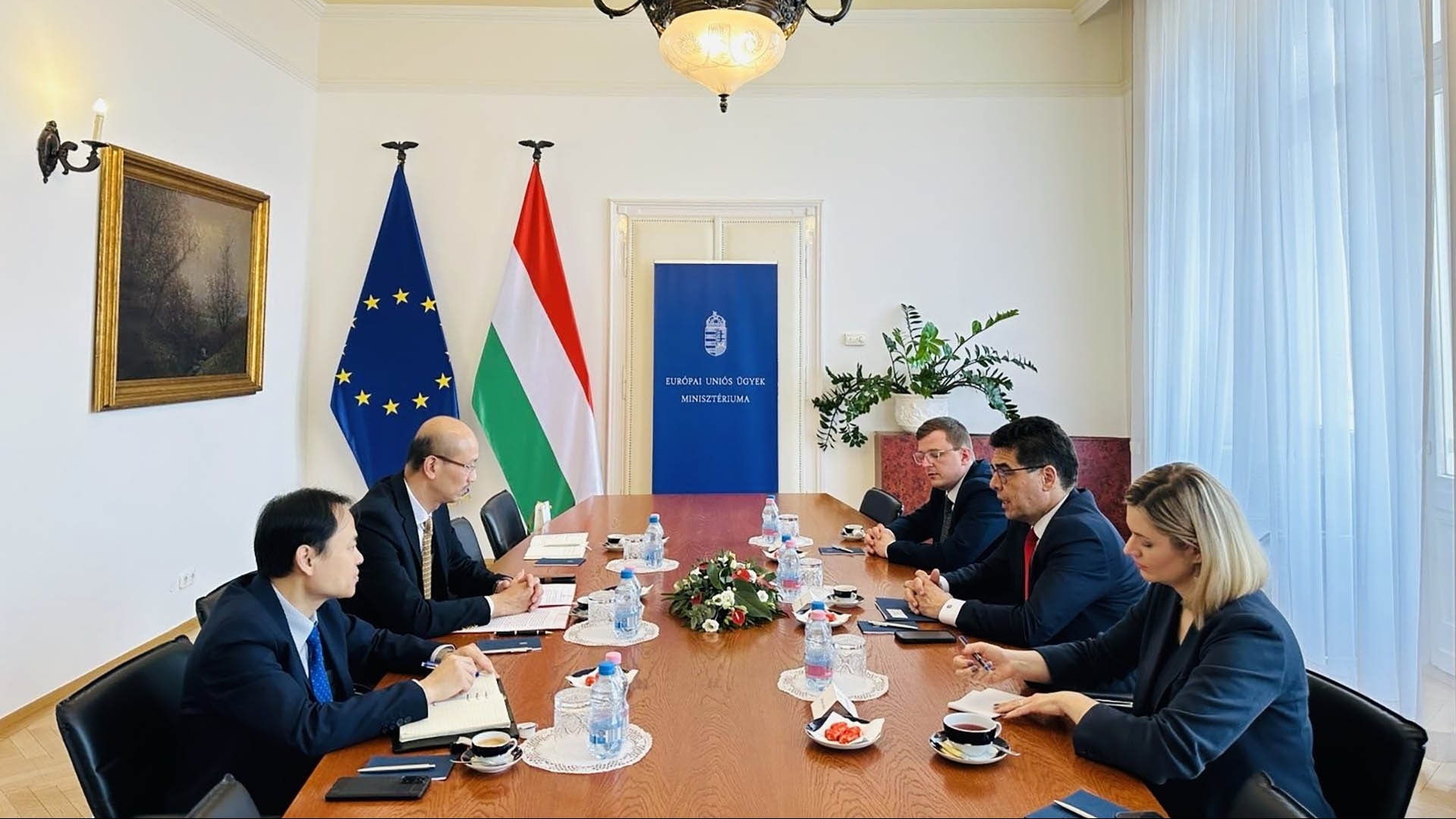
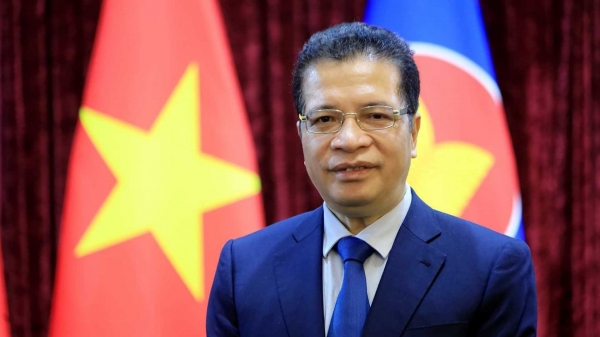
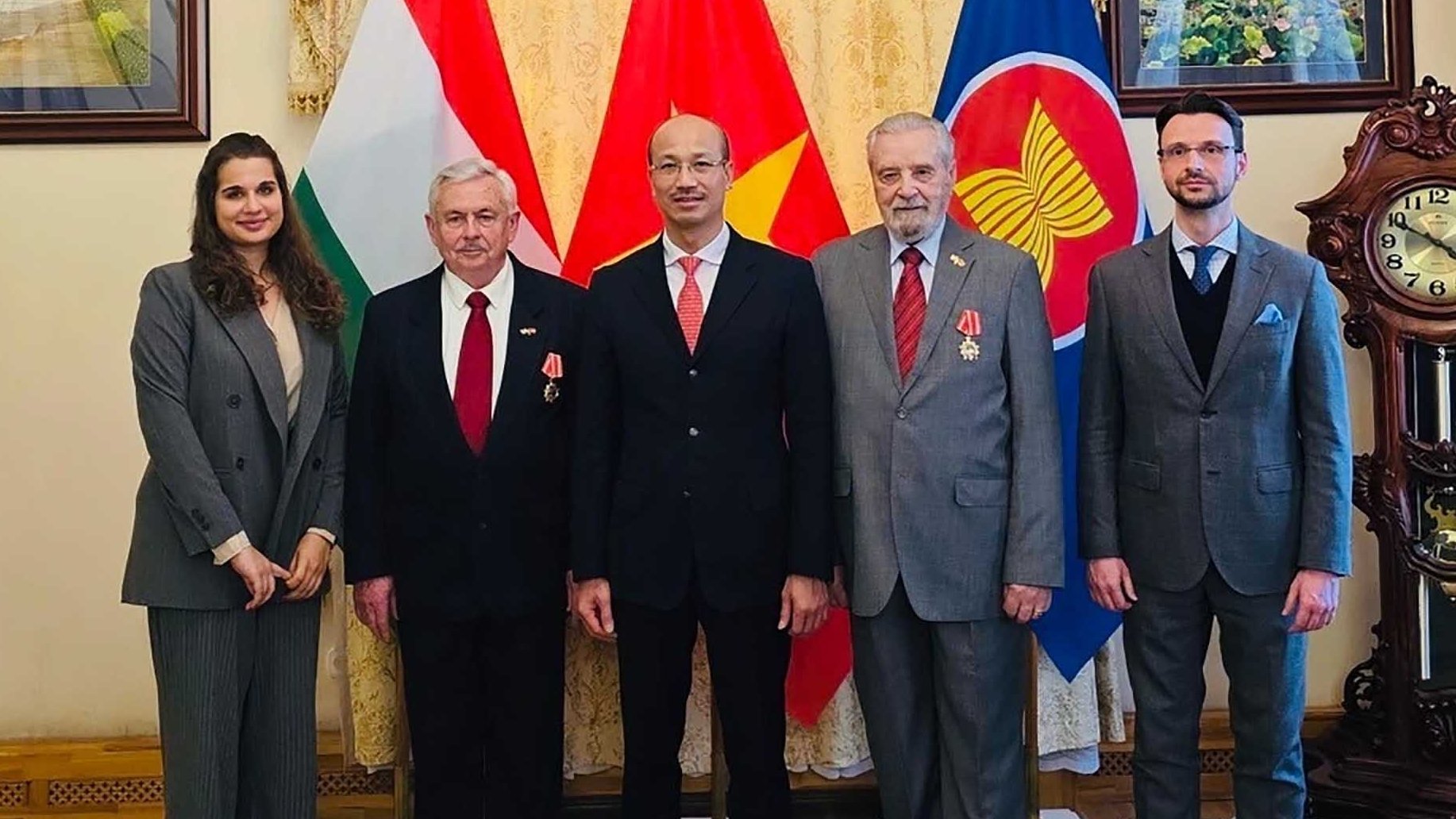

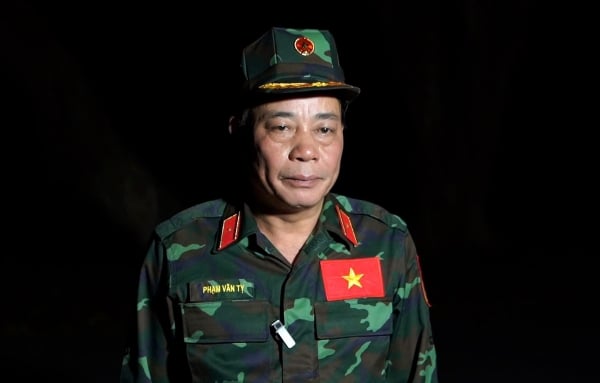
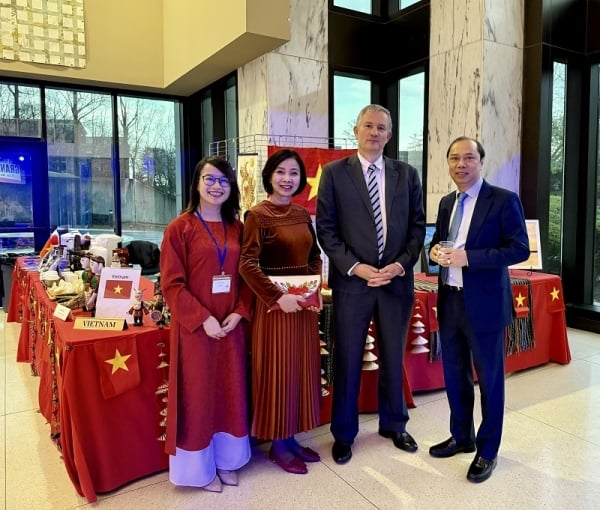
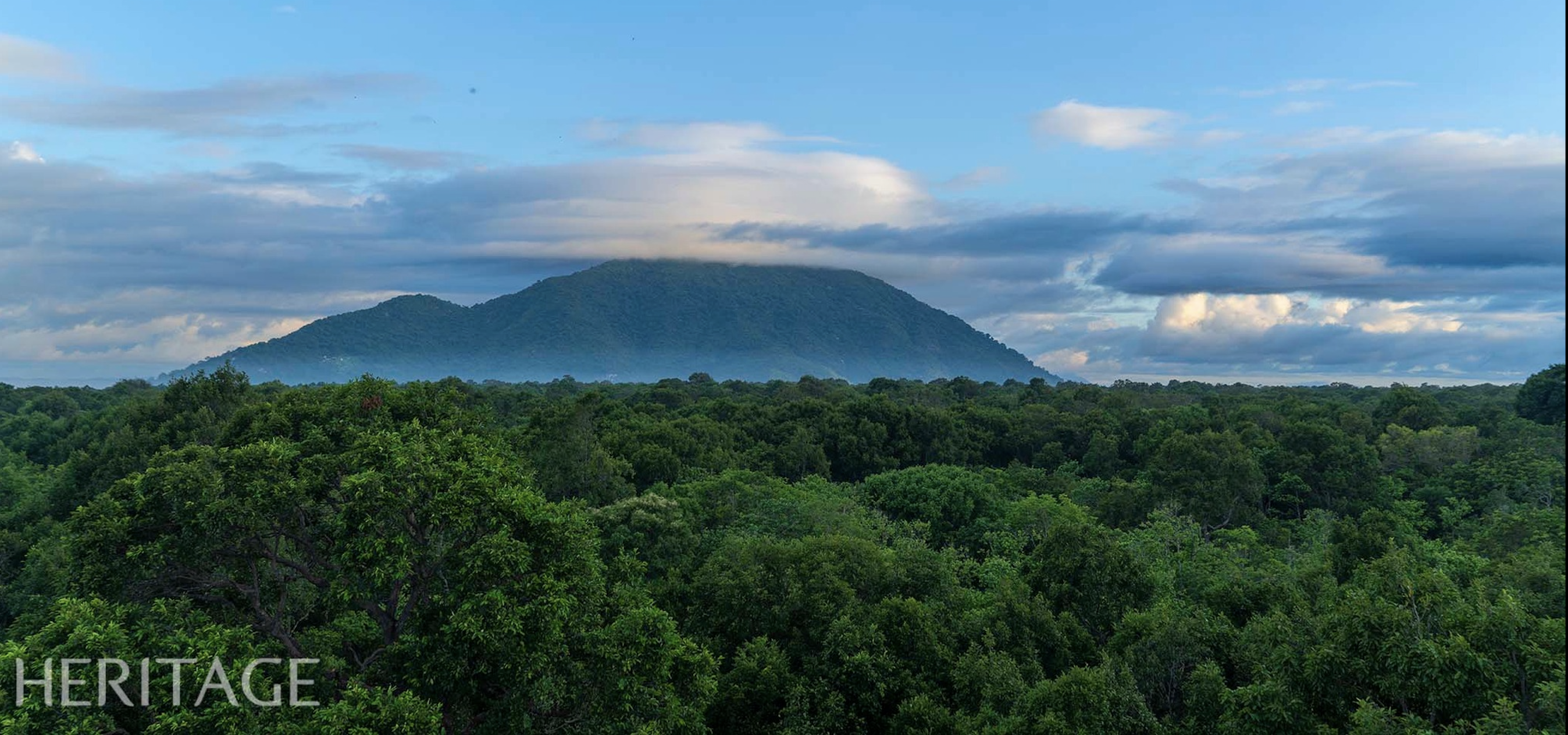
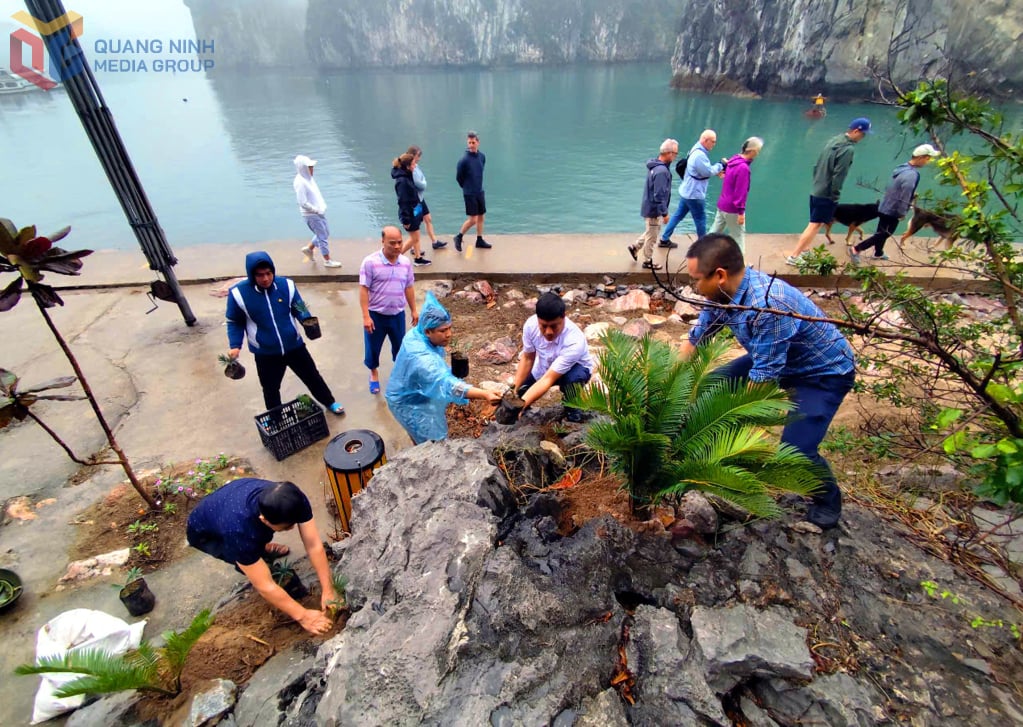

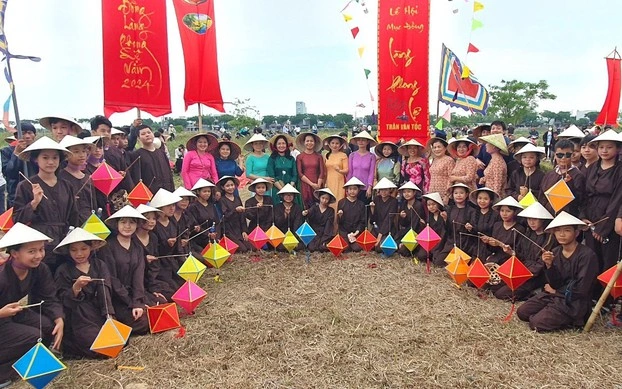

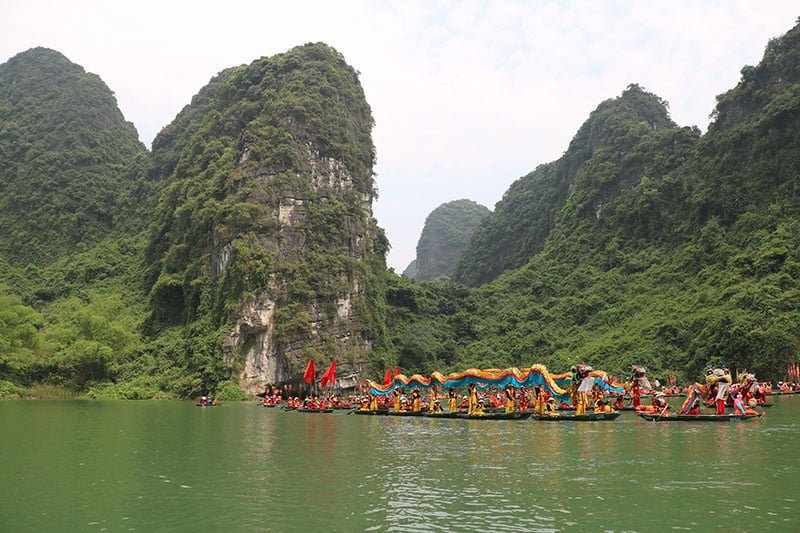



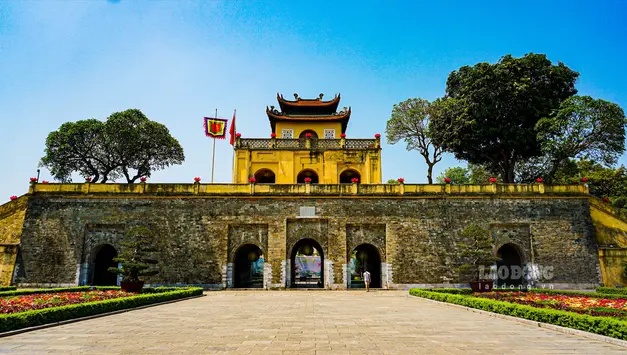





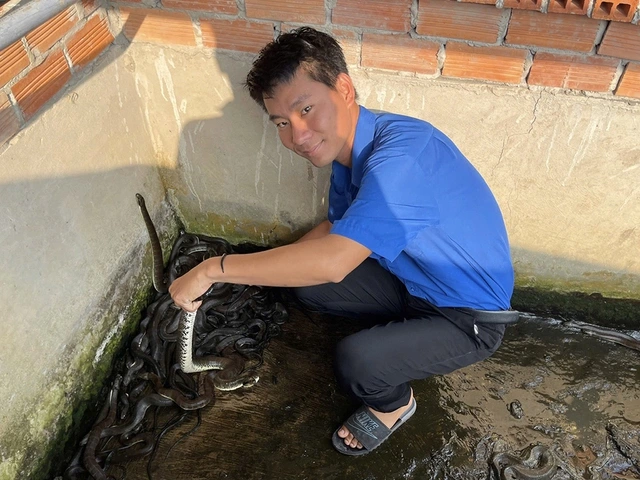






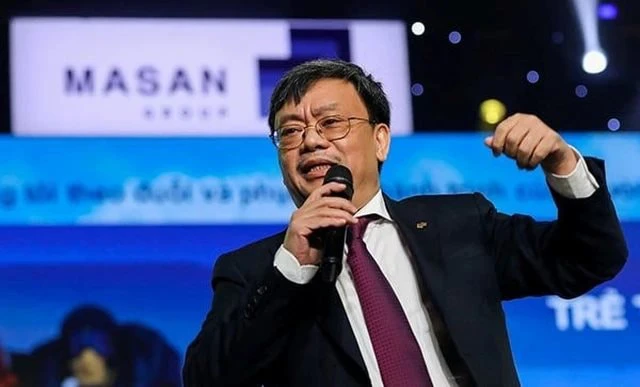









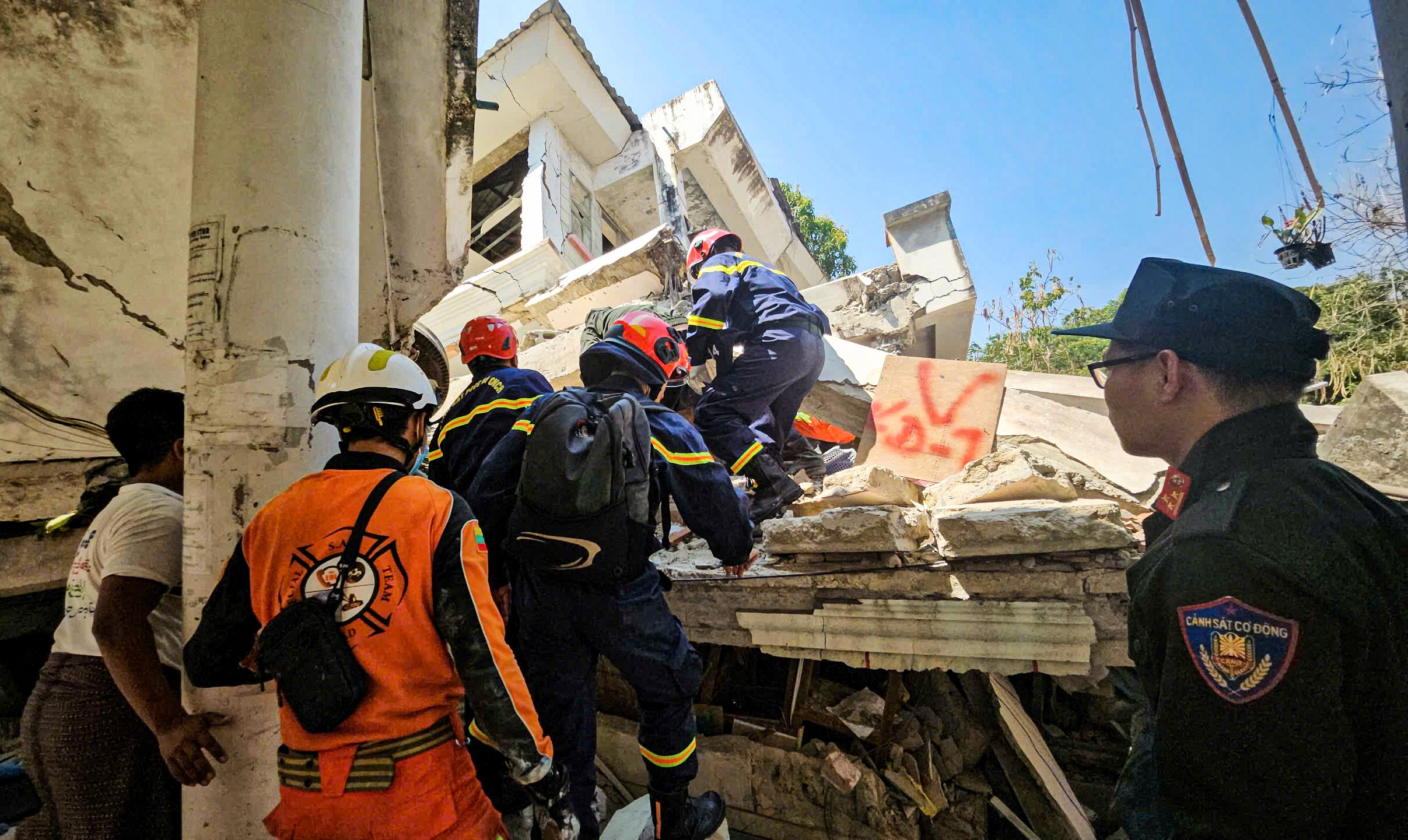

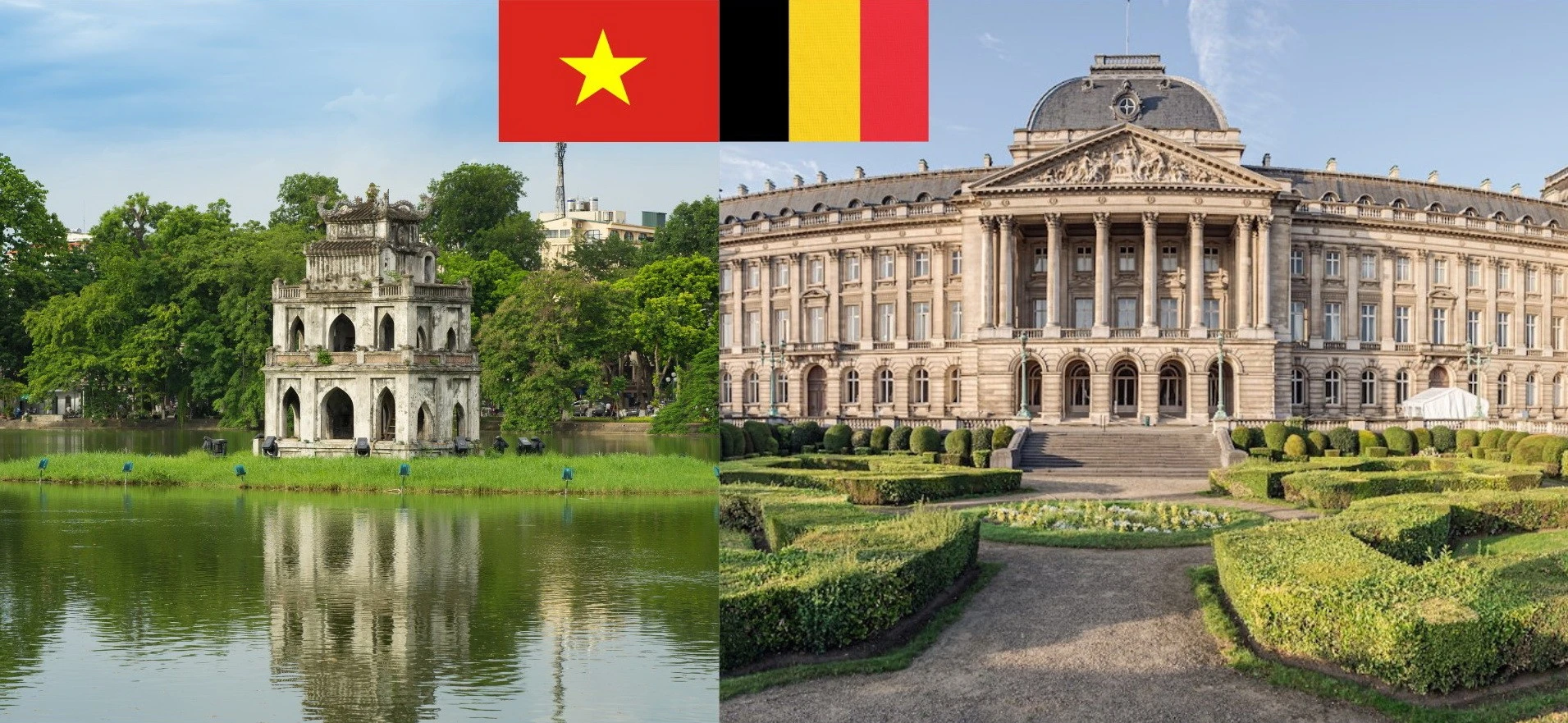




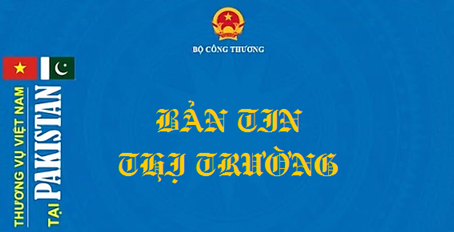

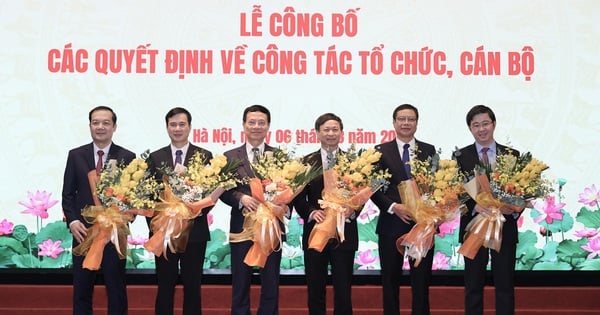


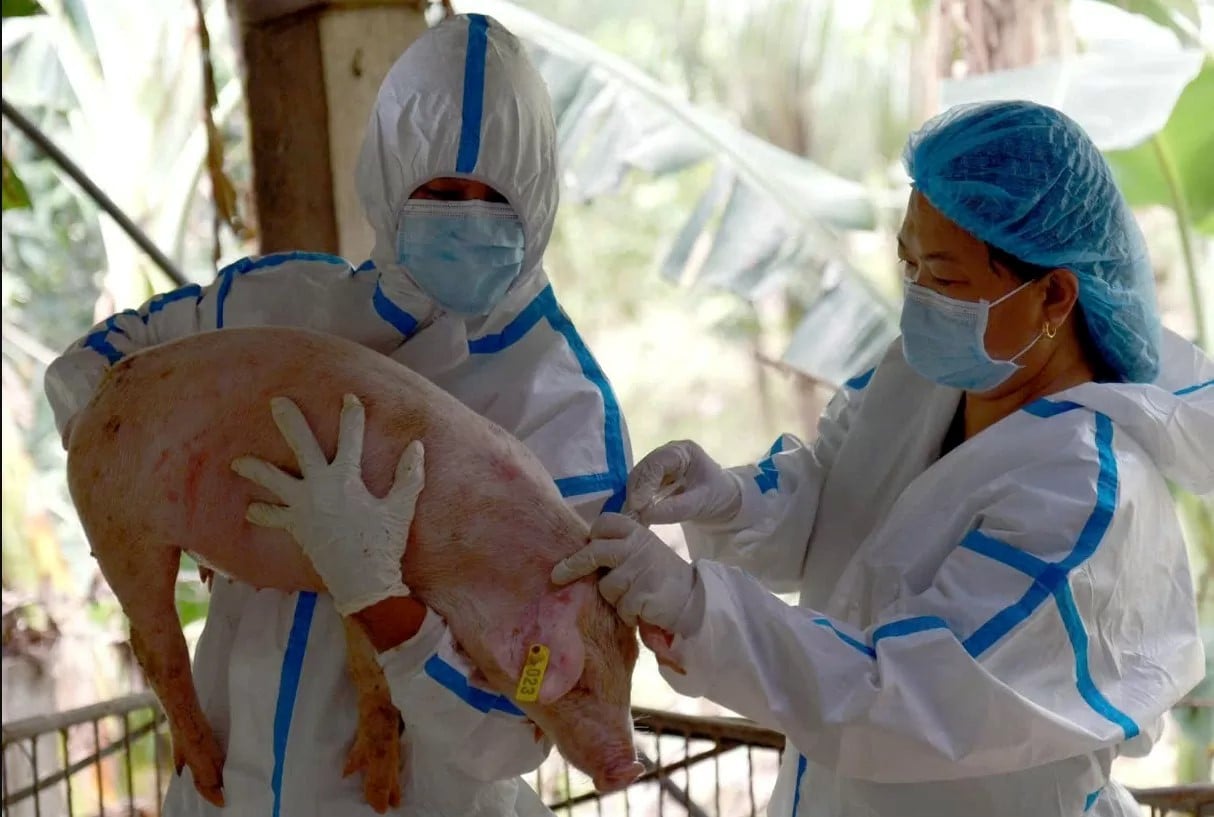
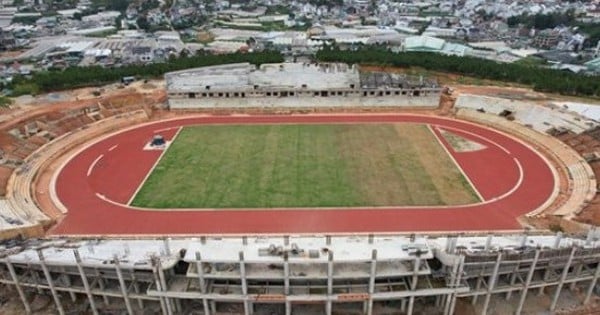

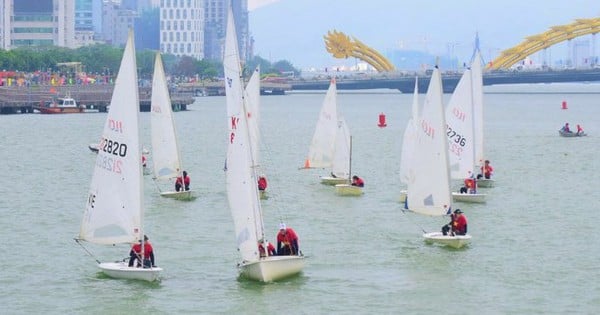
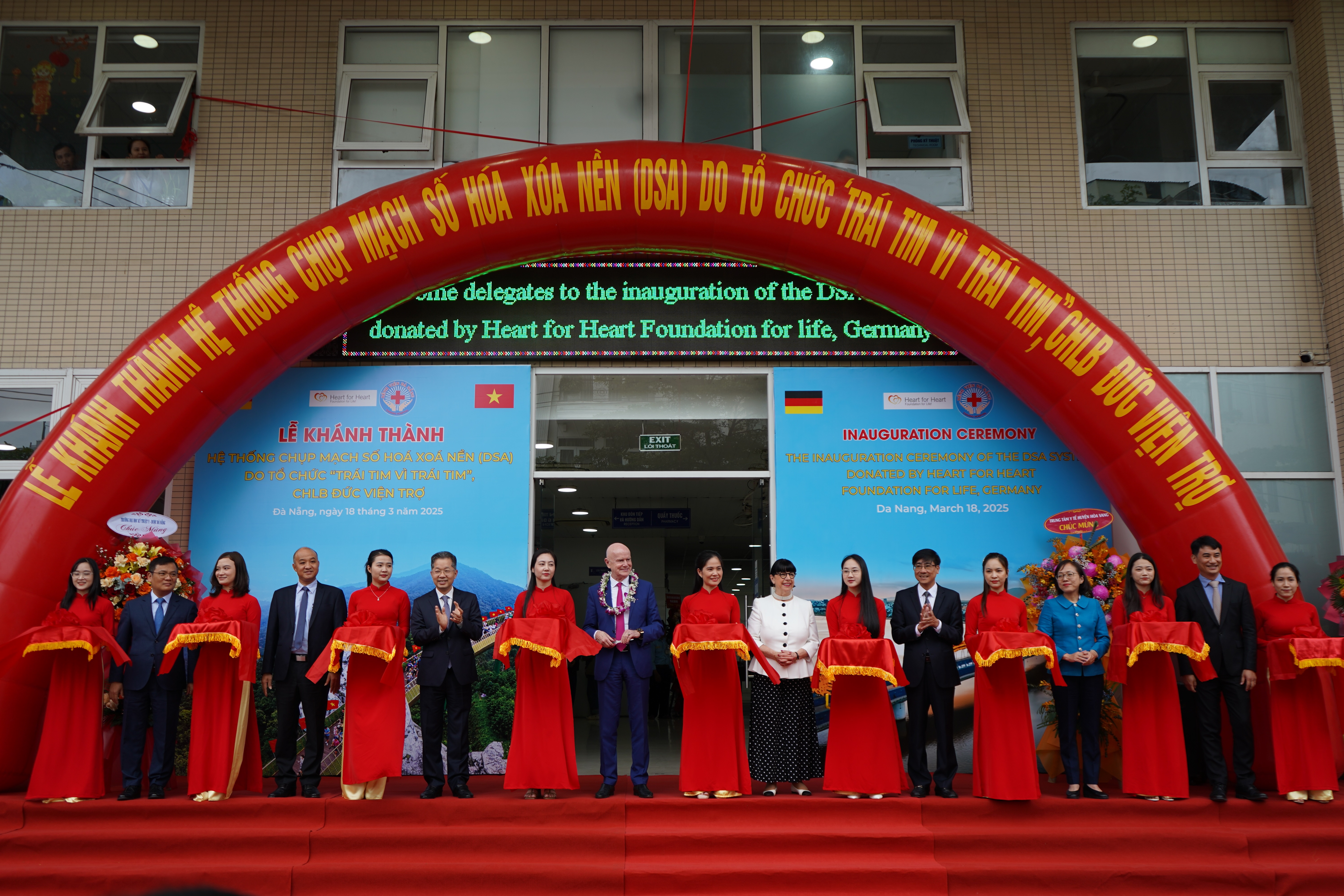

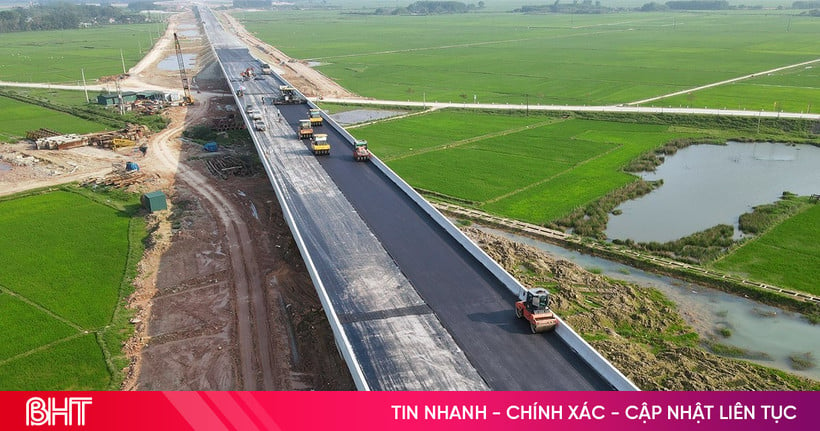

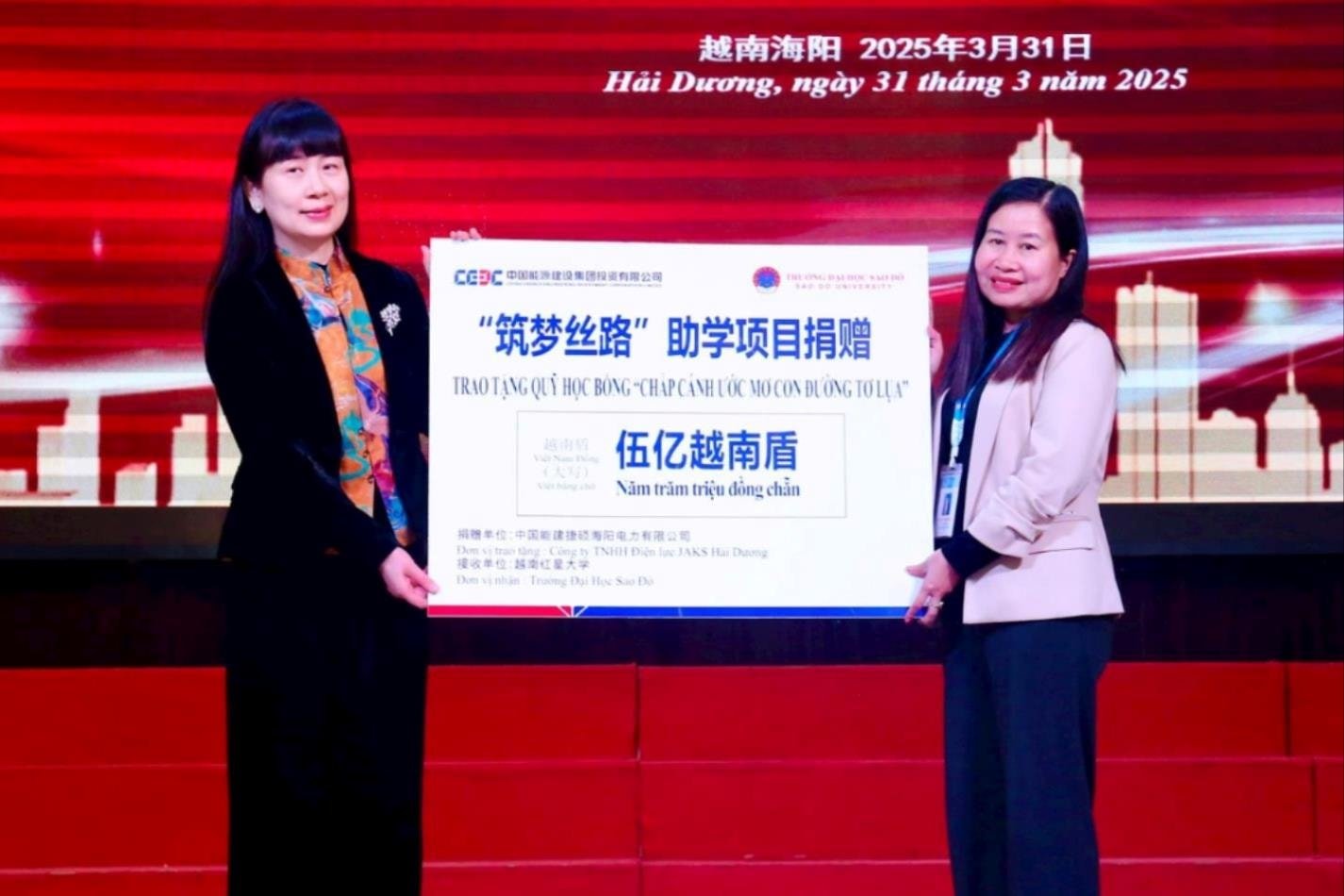

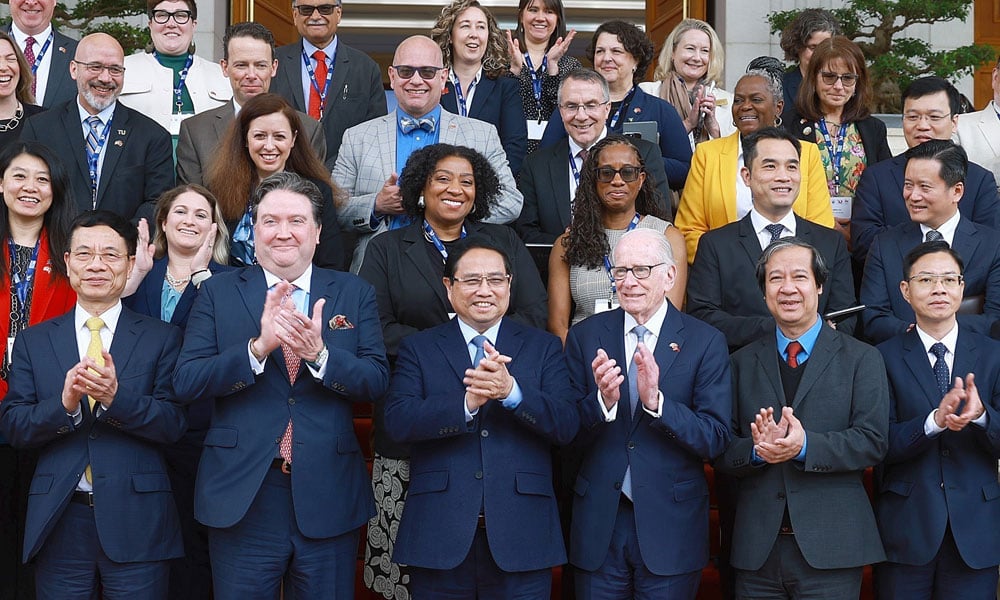

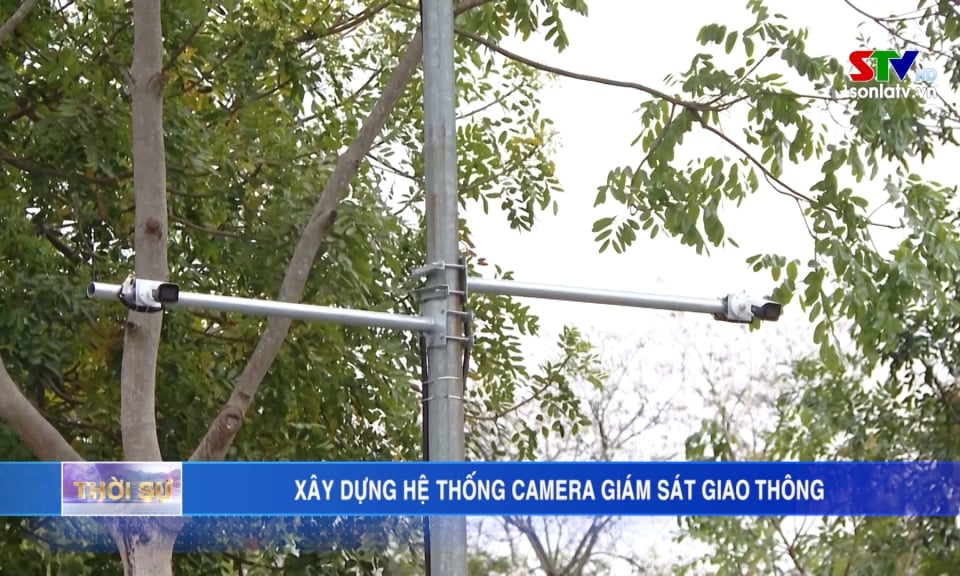
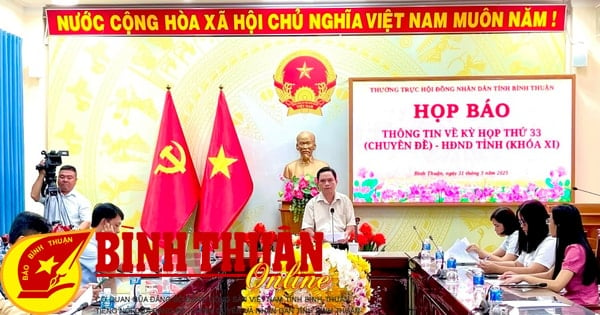

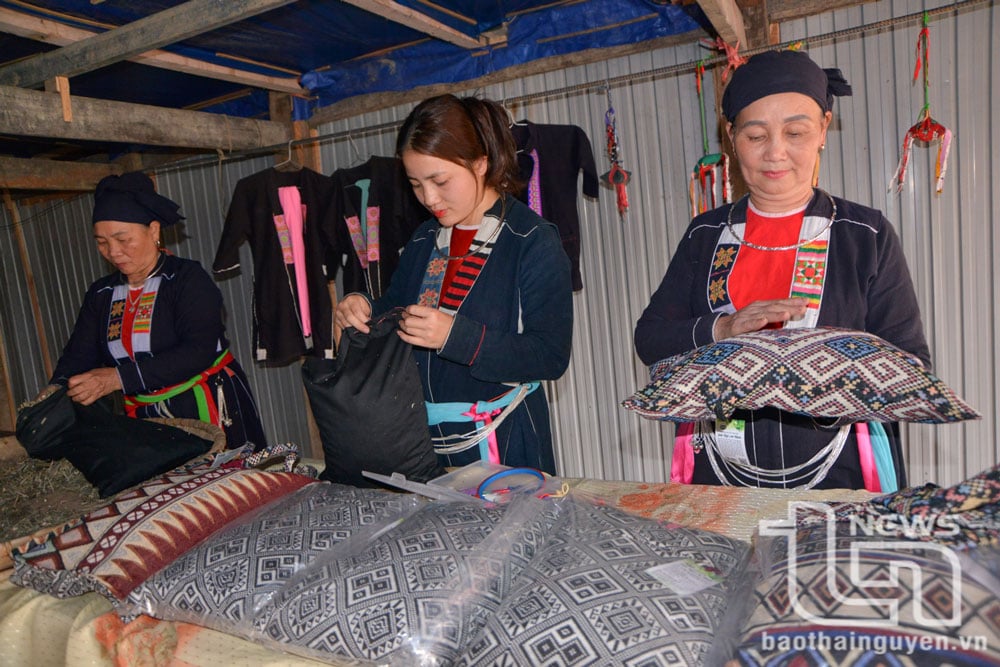



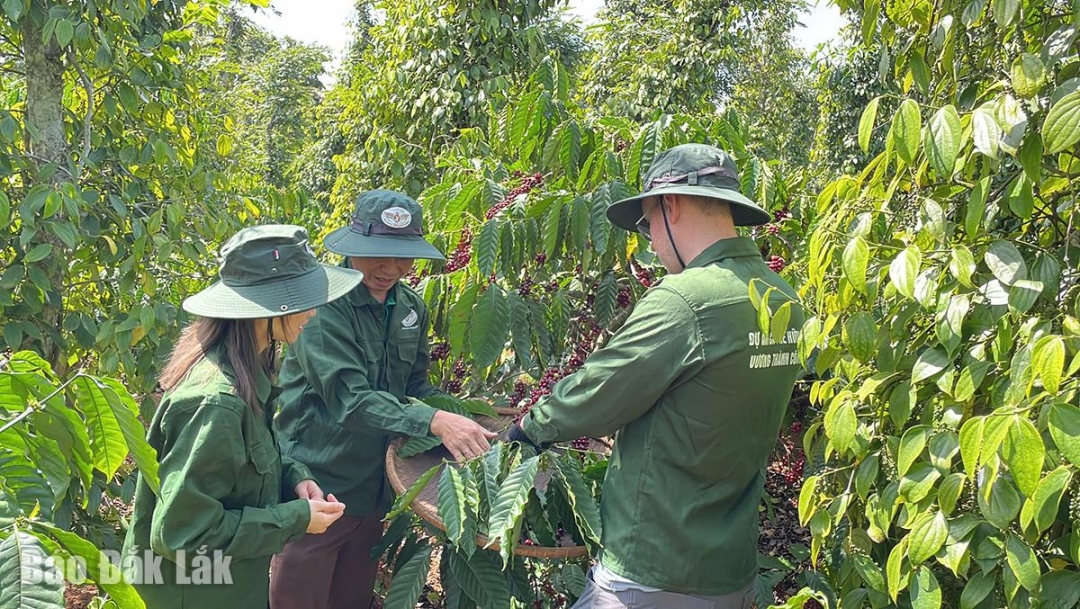

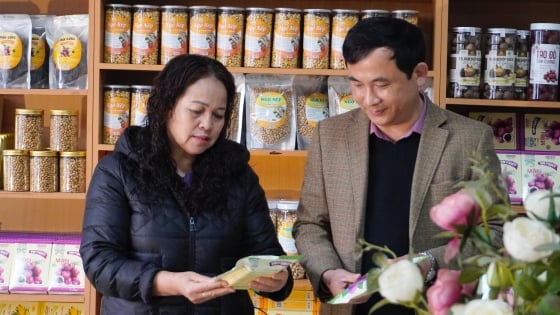


![[REVIEW OCOP] An Lanh Huong Vet Yen Cat](https://vstatic.vietnam.vn/vietnam/resource/IMAGE/2025/3/27/c25032328e9a47be9991d5be7c0cad8c)

Comment (0)